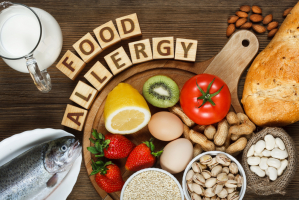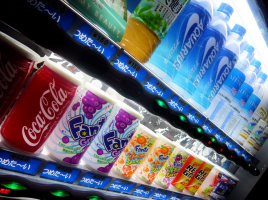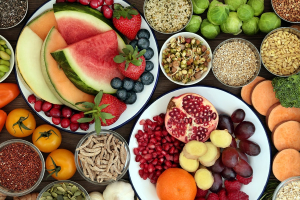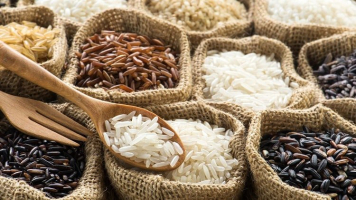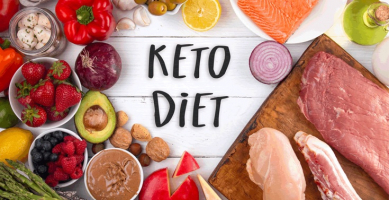Top 10 Most Common Food Additives
It's possible that if you read the ingredients label of just about every food in your kitchen cupboard, you'll find a food additive. They are used to enhance a ... read more...product's flavor, appearance, or texture, as well as to prolong its shelf life. While some of these substances are harmful and should be avoided due to their negative health consequences, others are secure and safe to use. Below are some of the top food additives, along with suggestions for which ones to avoid in your diet!
-
MSG, also known as monosodium glutamate, is a typical food additive used to enhance and intensify the flavor of savory dishes. It can be present in many processed foods, including canned soups, frozen dinners, and salty snacks. Additionally, it is frequently added to foods at fast food restaurants.
Since a 1969 study on mice revealed that excessive quantities of MSG caused negative neurological effects and impaired growth and development. The blood-brain barrier prevents this additive from entering the brain, therefore it is likely to have little to no impact on the health of the human brain. However, some people do have a sensitivity to MSG and may show signs like headaches, sweating, and numbness after consuming a lot of it. It is advised to avoid MSG in your diet if you feel any negative side effects after taking it. Otherwise, MSG can be safely consumed in moderation without the risk of negative side effects if you can tolerate it.

Monosodium Glutamate (MSG) 
Monosodium Glutamate (MSG) -
Everything from candy to condiments can look brighter and better thanks to artificial food coloring. However, there have been a lot of concerns regarding possible health effects in recent years. Some people have experienced allergic responses after consuming certain food dyes such as Blue 1, Red 40, Yellow 5, and Yellow 6.
Furthermore, a review indicated that artificial food coloring can promote hyperactivity in children, however, a different study found that some kids might be more sensitive than others. Additionally, concerns have been raised regarding the potential cancer-causing effects of some food dyes. Red 3, commonly known as erythrosine has been proven in some animal studies to increase the risk of thyroid cancers, causing it to be replaced by Red 40 in most foods. Other food dyes, on the other hand, have not been linked to any cancer-causing effects, according to numerous animal studies.

Artificial Food Coloring 
Artificial Food Coloring -
Sodium nitrite, which is frequently present in processed meats, prevents the growth of bacteria while also giving a salty flavor and a reddish-pink color.
When exposed to extreme heat and in the presence of amino acids, nitrites can change into the compound nitrosamine, which can have a number of negative consequences on health. According to one study, consumption of nitrites and nitrosamine was associated with a higher risk of stomach cancer. Numerous other studies have reached similar conclusions, suggesting that consuming more processed meats may raise the risk of colorectal, breast, and bladder cancer. It's advisable to consume as little processed meat and sodium nitrite as possible. Try substituting unprocessed meat and healthy sources of protein for processed meats like bacon, sausage, hot dogs, and ham. You may substitute processed meats in your diet with a variety of delectable high-protein foods, including chicken, beef, fish, pork, eggs, legumes, nuts, and tempeh.

Sodium Nitrite 
Sodium Nitrite -
A long-chain carbohydrate called guar gum is used to thicken and bind food. It is a common ingredient in ice cream, salad dressings, sauces, and soups in the food industry.
Guar gum contains a lot of fiber and has a long list of health benefits. For instance, one study found that it reduced bloating and constipation, two symptoms of irritable bowel syndrome. According to a study of three research, those who took guar gum with a meal described experiencing more fullness afterward and consumed fewer calories from afternoon snacks. Guar gum may possibly help in lowering cholesterol and blood sugar levels, according to additional studies. However, excessive guar gum use may be harmful to your health. In some people, guar gum may also result in minor symptoms like gas, bloating, or cramps. But guar gum is still widely regarded as secure when consumed in moderation.

Guar Gum 
Guar Gum -
Corn is used to making the sweetener high-fructose corn syrup. It can often be found in soda, juice, candy, breakfast cereals, and snack foods. It contains a lot of fructose, a type of simple sugar that, when consumed in large quantities, can have detrimental effects on one's health.
High-fructose corn syrup in particular has been connected to diabetes and weight gain. In one study, 32 participants drank a drink for 10 weeks that was either glucose or fructose-sweetened. In comparison to the glucose-sweetened beverage, the fructose-sweetened beverage resulted in significant increases in belly fat, blood sugar levels, and decreased insulin sensitivity by the end of the study. High-fructose corn syrup also adds sugar and empty calories to foods that lack essential vitamins and minerals that your body requires. The best thing to do is to avoid high-fructose corn syrup and sugary snacks.
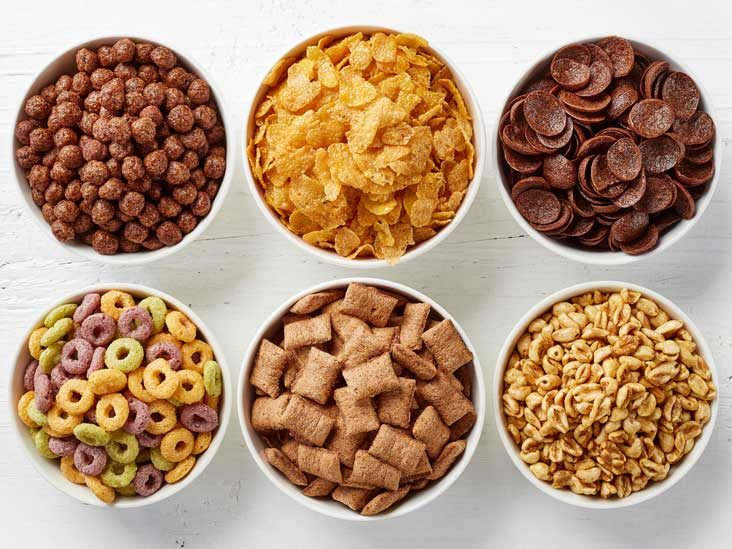
High-Fructose Corn Syrup 
High-Fructose Corn Syrup -
Many diet foods and beverages use artificial sweeteners to increase sweetness while reducing calories. Acesulfame potassium, sucralose, saccharin, and aspartame are examples of common artificial sweeteners.
Artificial sweeteners can help with weight loss and blood sugar control, according to studies. According to one study, those who took an artificial sweetener supplement for 10 weeks consumed fewer calories and gained less body fat and weight than those who took regular sugar. According to another study, sucralose consumption for three months had no impact on the control of 128 diabetics' blood sugar levels. Be aware that some people may have headaches from some artificial sweeteners, such as aspartame, and that some people may be more sensitive to these effects than others. However, when used in moderation, artificial sweeteners are usually regarded as safe for most people.
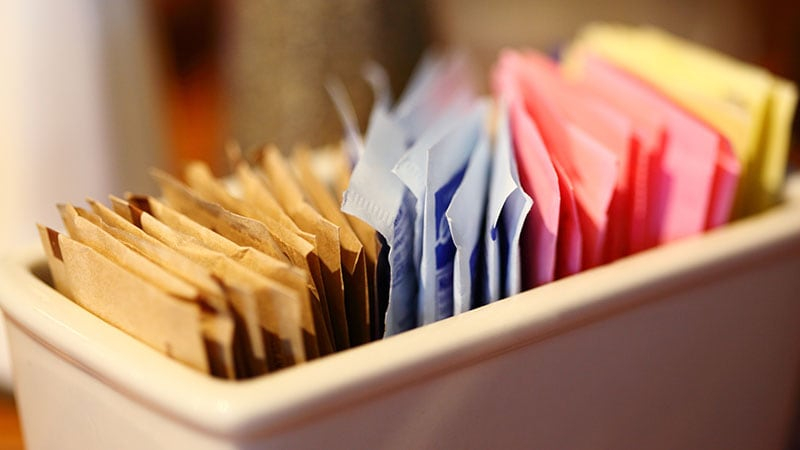
Artificial Sweeteners 
Artificial Sweeteners -
Carrageenan, which is derived from red seaweed, is used in a variety of food products as a thickening, emulsifier, and preservative. Carrageenan is frequently found in dairy-free products such as vegan cheese, almond milk, cottage cheese, ice cream, and coffee creamers.
Concerns regarding the health risks associated with this common food ingredient and their safety have existed for decades. One experiment on animals revealed that carrageenan exposure raised fasting blood sugar and glucose intolerance levels, particularly when combined with a high-fat diet. Carrageenan caused inflammation in test tubes and animals, according to research. Carrageenan is also believed to have a detrimental effect on digestive health and may contribute to intestinal growth and ulcers.

Carrageenan 
Carrageenan -
Acidic foods including salad dressings, pickles, fruit juices, and sauces frequently contain sodium benzoate as a preservative. The FDA has declared it generally safe, although various studies have revealed potential adverse effects that need to be taken into account.
For instance, a study indicated that giving youngsters 3 years old sodium benzoate and artificial food coloring increased their hyperactivity. In another study, 475 college students' increased use of beverages containing sodium benzoate was linked to more ADHD symptoms. Sodium benzoate can also be converted into the compound benzene when combined with vitamin C, which has been linked to the development of cancer. The amount of benzene in carbonated beverages is the highest, and diet or sugar-free beverages are much more likely to contain benzene.
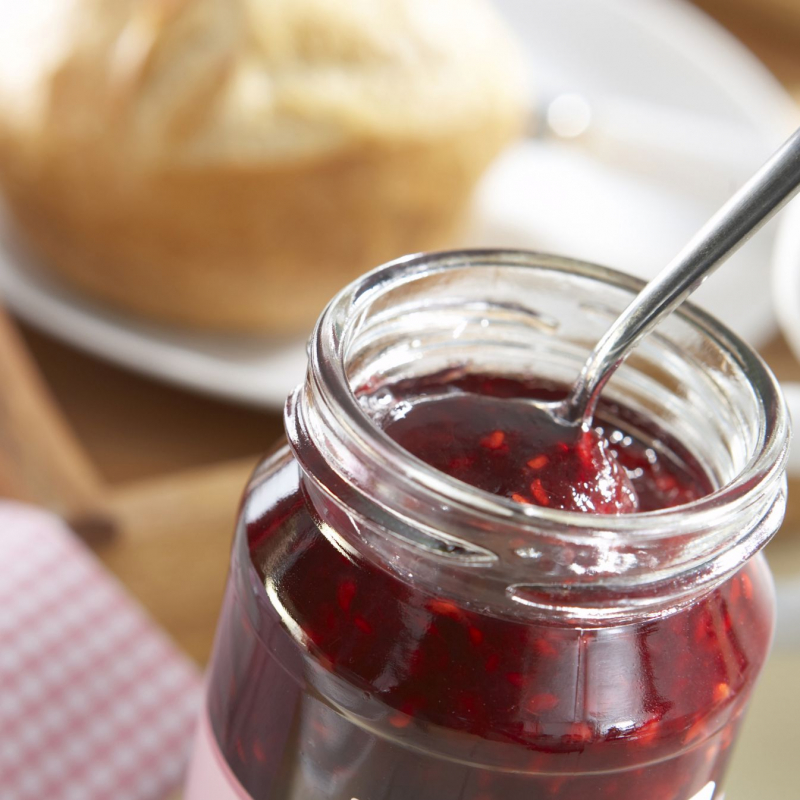
Sodium Benzoate 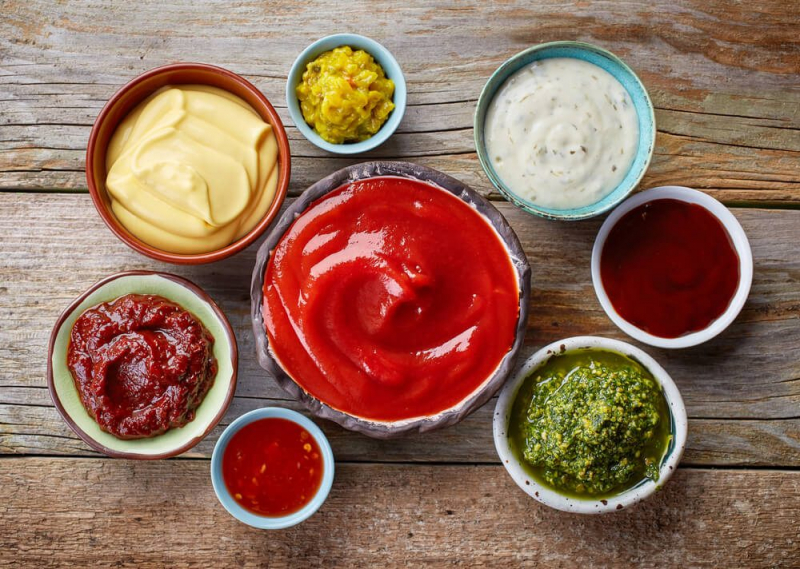
Sodium Benzoate -
Unsaturated fats that have undergone hydrogenation to lengthen their shelf life and enhance product consistency are known as trans fats. It can be found in a wide range of processed foods, including biscuits, microwave popcorn, margarine, and baked goods.
Trans fat consumption has been linked to a number of potential health problems, and the FDA even decided to revoke its GRAS (generally recognized as safe) certification. A higher intake of trans fats is particularly associated with an increased risk of heart disease, according to numerous research. According to one study, eating trans-fat-rich foods increased several inflammation-related markers, which is one of the main risk factors for heart disease. The easiest and most efficient strategy to reduce your intake of trans fats is to eliminate processed foods from your diet. You can also make a few easy dietary changes, such as switching from margarine to butter and from vegetable oils to olive or coconut oil.

Trans Fat 
Trans Fat -
The common food additive xanthan gum is used to stabilize and thicken a variety of foods, including salad dressings, soups, syrups, and sauces. It can also be included in recipes that are gluten-free to help with texture improvement.
Xanthan gum has been linked to a number of health advantages. According to one study, consuming rice with additional xanthan gum reduced blood sugar levels compared to eating rice without it. Another research found that consuming xanthan gum for six weeks reduced blood sugar and cholesterol levels while also enhancing feelings of fullness. Recent studies on the potential advantages of xanthan gum are still rare. Additionally, eating a lot of xanthan gum may cause digestive issues like increased stool output, gas, and soft stools. But xanthan gum is often safe and well tolerated by most people. It's advised to cut back on your consumption of xanthan gum or think about eliminating it from your diet if you do experience undesirable side effects after consuming it.

Xanthan Gum 
Xanthan Gum












